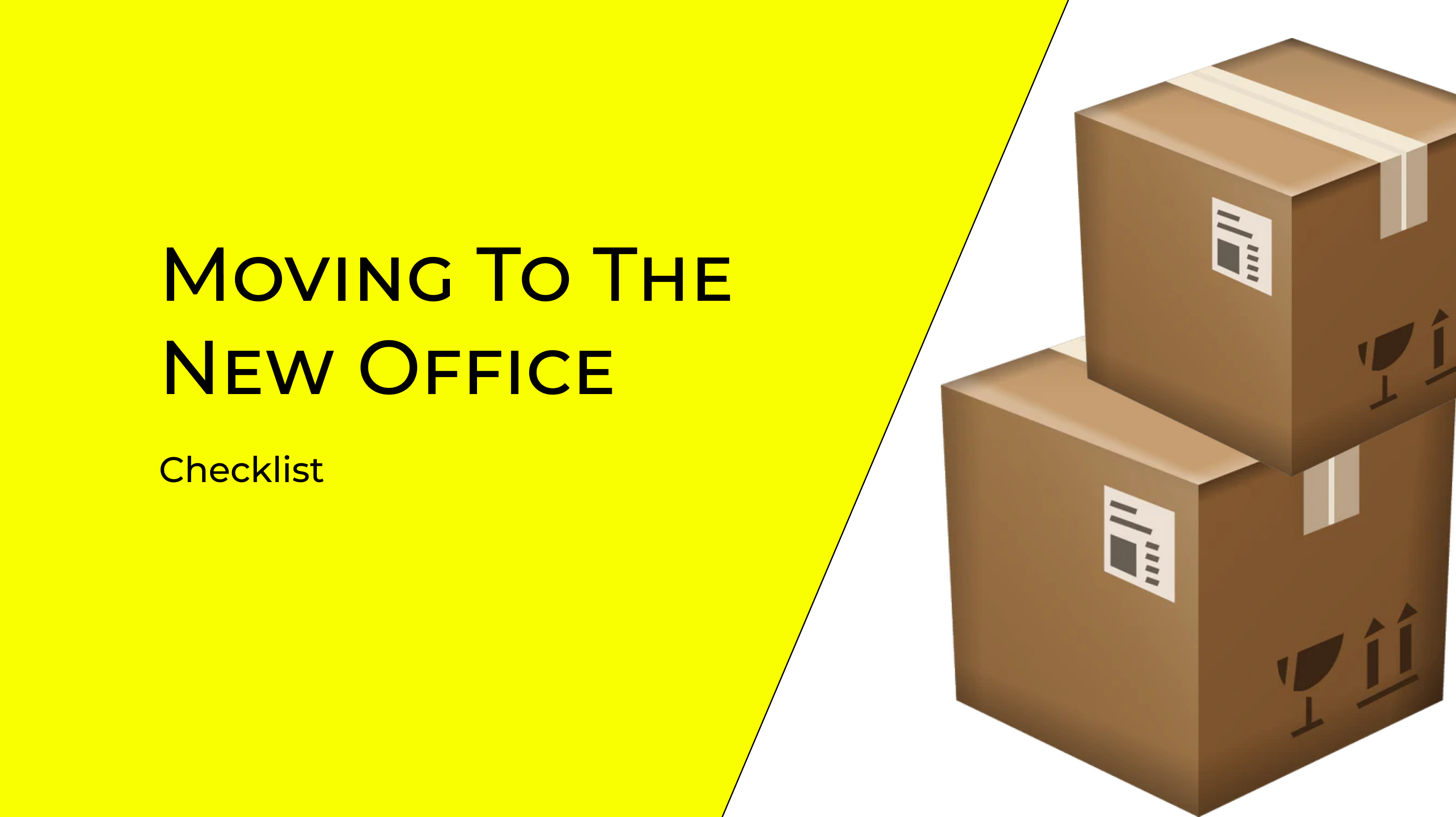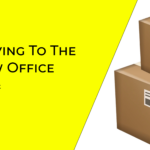Planning an office move requires meticulous organization and coordination to ensure a smooth transition for your business. From pre-move preparations to post-move follow-up, each step plays a crucial role in minimizing disruptions and maximizing efficiency. In this guide, we’ll walk you through a comprehensive checklist divided into key phases, spanning from the initial planning stages to the final post-move tasks. Whether you’re relocating to a new office space or upgrading your current facilities, this checklist will help you stay on track and execute a successful office move.
At the end of the article, you will find a printable checklist covering every aspect of the office move, from pre-move planning to post-move follow-up.
Pre-Move Planning (3-6 Months Before Move):
- Appoint a Move Coordinator:
- Designate a team or individual responsible for coordinating the move. This person will oversee all aspects of the relocation process.
- Establish Budget:
- Determine the budget for the move, including costs for packing materials, transportation, new office setup, etc.
- Create a Timeline:
- Develop a detailed timeline outlining key milestones and deadlines for each phase of the move.
- Select a New Location:
- Identify and secure a new office space that meets the needs of the organization.
- Hire Movers or Plan Internal Resources:
- Decide whether to hire professional movers or utilize internal resources for the move.
- Notify Stakeholders:
- Inform employees, clients, suppliers, and other relevant stakeholders about the upcoming move.
- Create Floor Plan:
- Develop a floor plan for the new office to ensure a smooth transition and efficient layout.
- Order Branded Swag:
- Order branded swag such as notebooks, mugs, and pens for employees to enhance team spirit and excitement about the move.
Logistics and Coordination (1-3 Months Before Move):
- Inventory and Declutter:
- Conduct an inventory of office furniture, equipment, and supplies.
- Dispose of or donate any unnecessary items.
- Order Packing Supplies:
- Purchase packing materials such as boxes, tape, bubble wrap, and labels.
- Develop Engaging Communication for Employees:
- Create engaging and informative communications to keep employees informed and excited about the upcoming move.
- Update Contact Information:
- Update business cards, letterheads, and online listings with the new address.
- Coordinate IT and Telecom Services:
- Arrange for the transfer of internet, phone, and IT services to the new location.
- Schedule Utilities Setup:
- Arrange for utilities such as electricity, water gas to be set up at the new office.
Final Preparations (1 Week Before Move):
- Finalize Packing:
- Complete packing of all remaining items, labeling boxes with destination rooms.
- Coordinate Moving Day Logistics:
- Confirm the schedule with the moving company or internal team.
- Arrange for parking and building access at both locations.
- Communicate Moving Day Instructions:
- Provide employees with detailed instructions for moving day, including packing personal items and labeling desks.
- Send Teaser Emails to Employees:
- Send emails to employees teasing perks and new amenities in the new office to build excitement.
Moving Day:
- Supervise Moving Process:
- Oversee the moving process to ensure everything goes according to plan.
- Address any issues or concerns that arise during the move.
- Set Up New Office:
- Direct movers or internal staff to unload and set up furniture and equipment in the new office.
- Verify that everything is in the correct location according to the floor plan.
- Prepare Office for Employees:
- Set up cute presents for desks or decorations to welcome employees to their new workspace.
- Celebrate with employees:
- Celebrate the successful move with employees and distribute presents to boost morale and foster a sense of appreciation.
Post-Move Follow-Up:
- Unpack and Organize:
- Unpack boxes and organize items in their designated locations.
- Set up workstations and common areas according to the planned layout.
- Address Any Issues:
- Address any issues or concerns that arise after the move, such as missing items or equipment malfunctions.
- Update Documentation:
- Update internal documentation, such as employee directories and office manuals, with the new office information.
- Evaluate and Improve:
- Conduct a post-move review to identify lessons learned and areas for improvement for future office moves.
Download a printable checklist for your next move:






